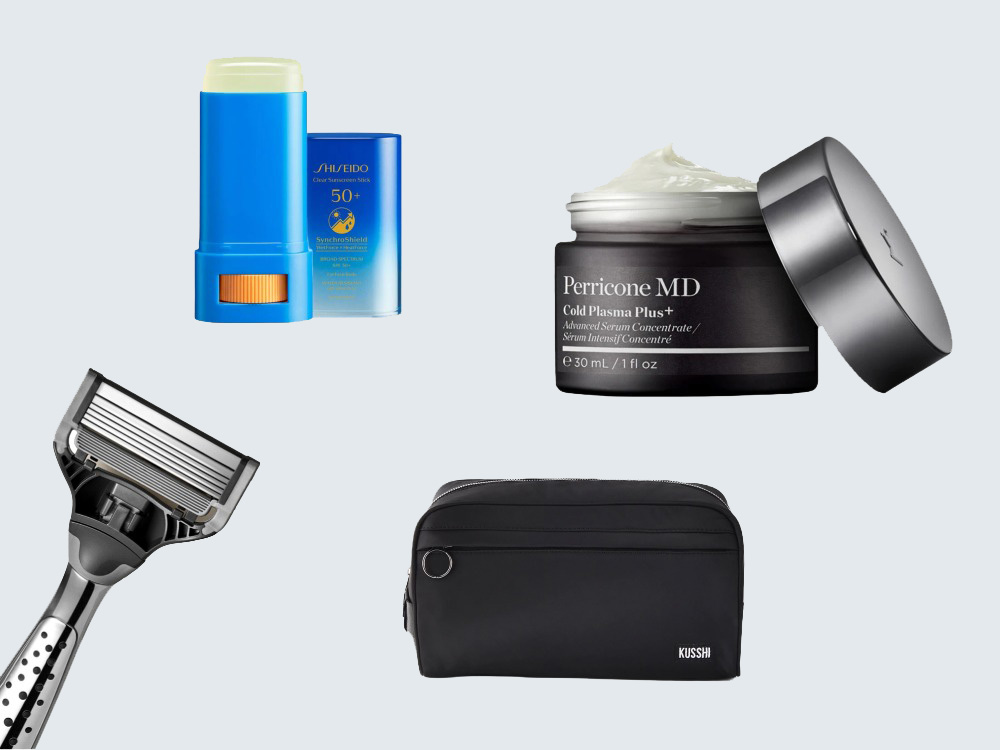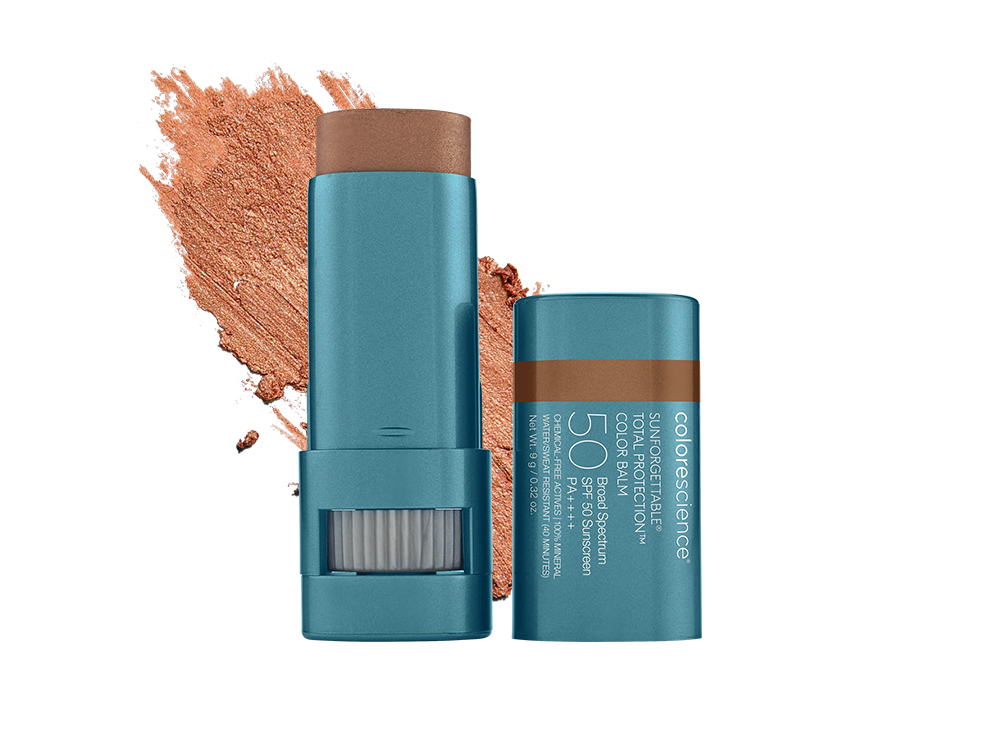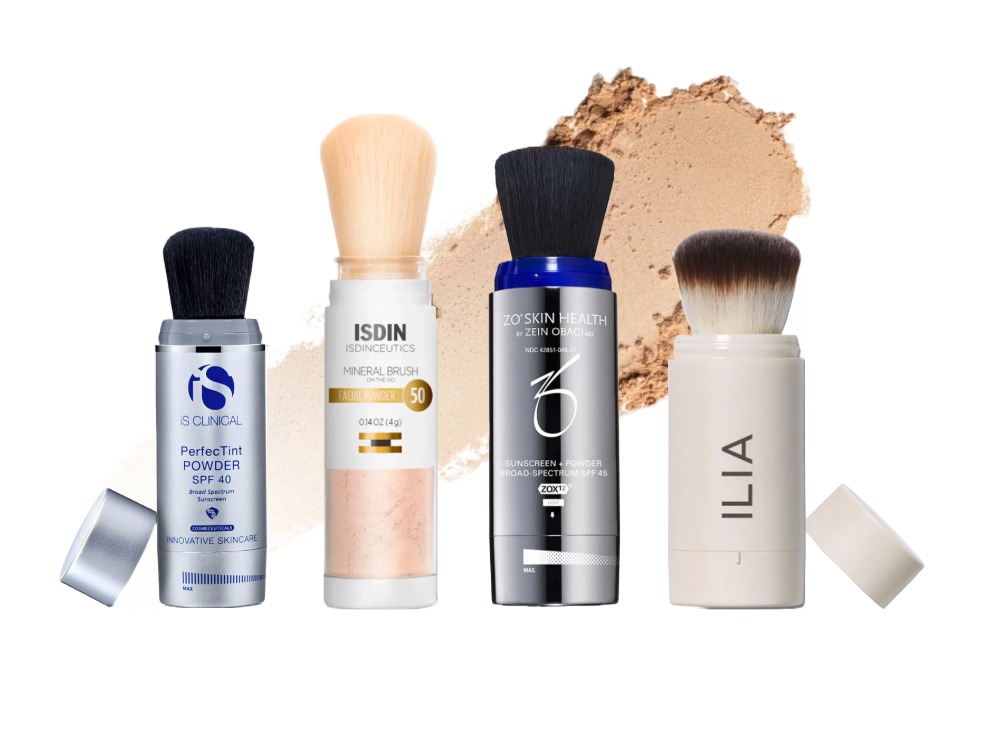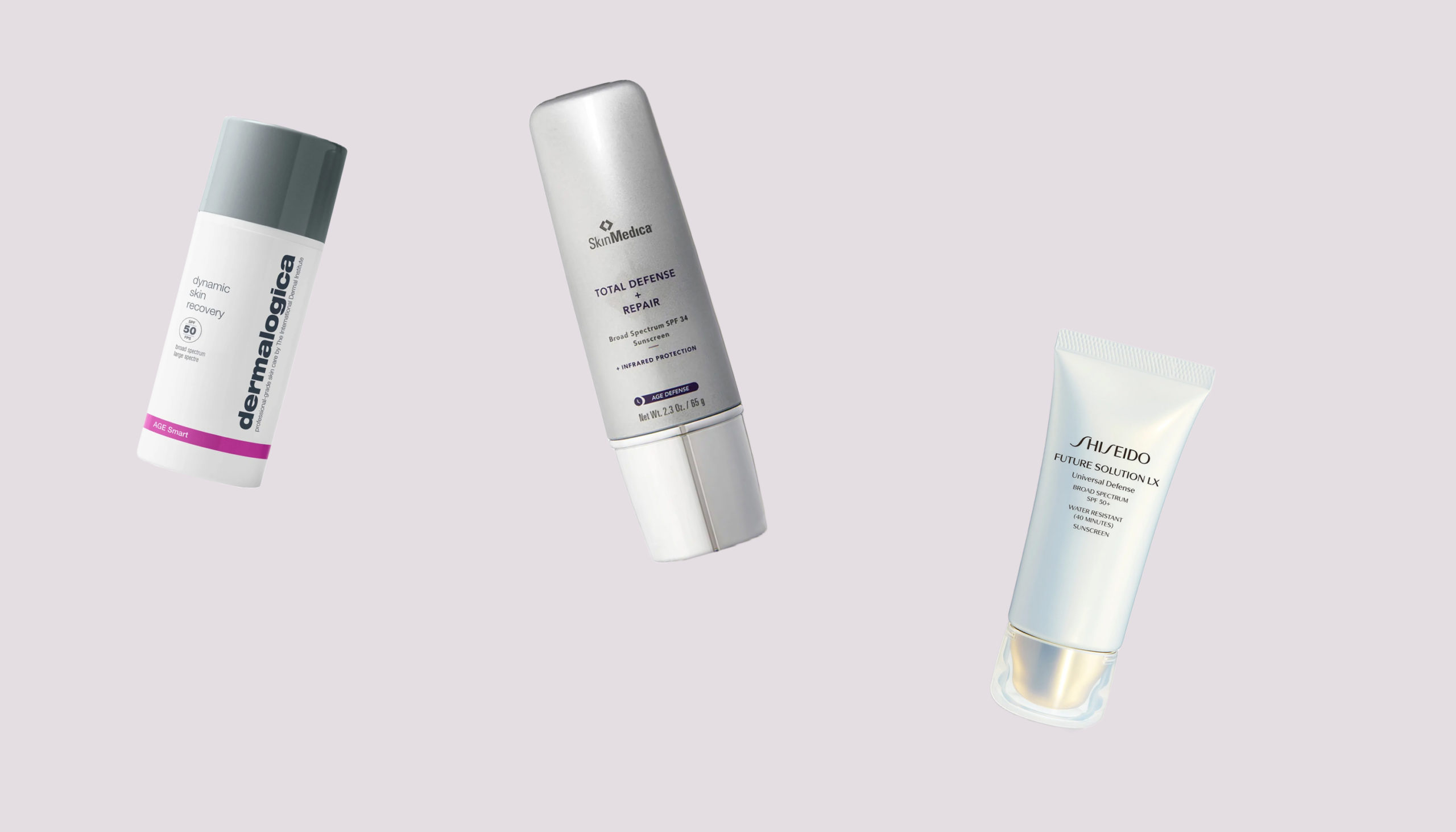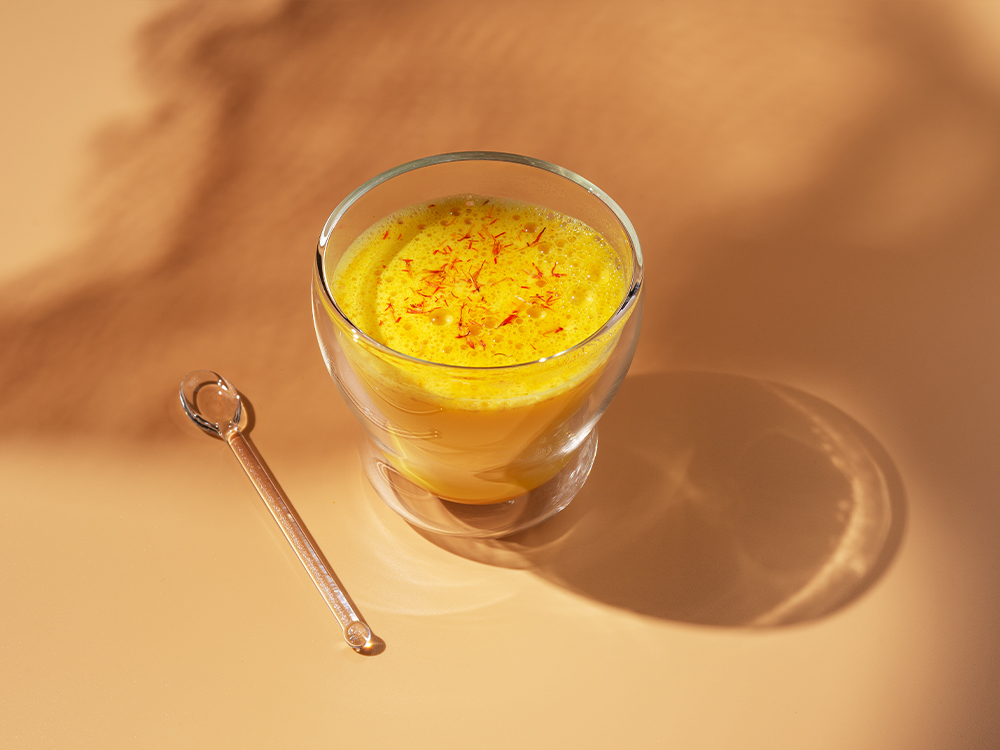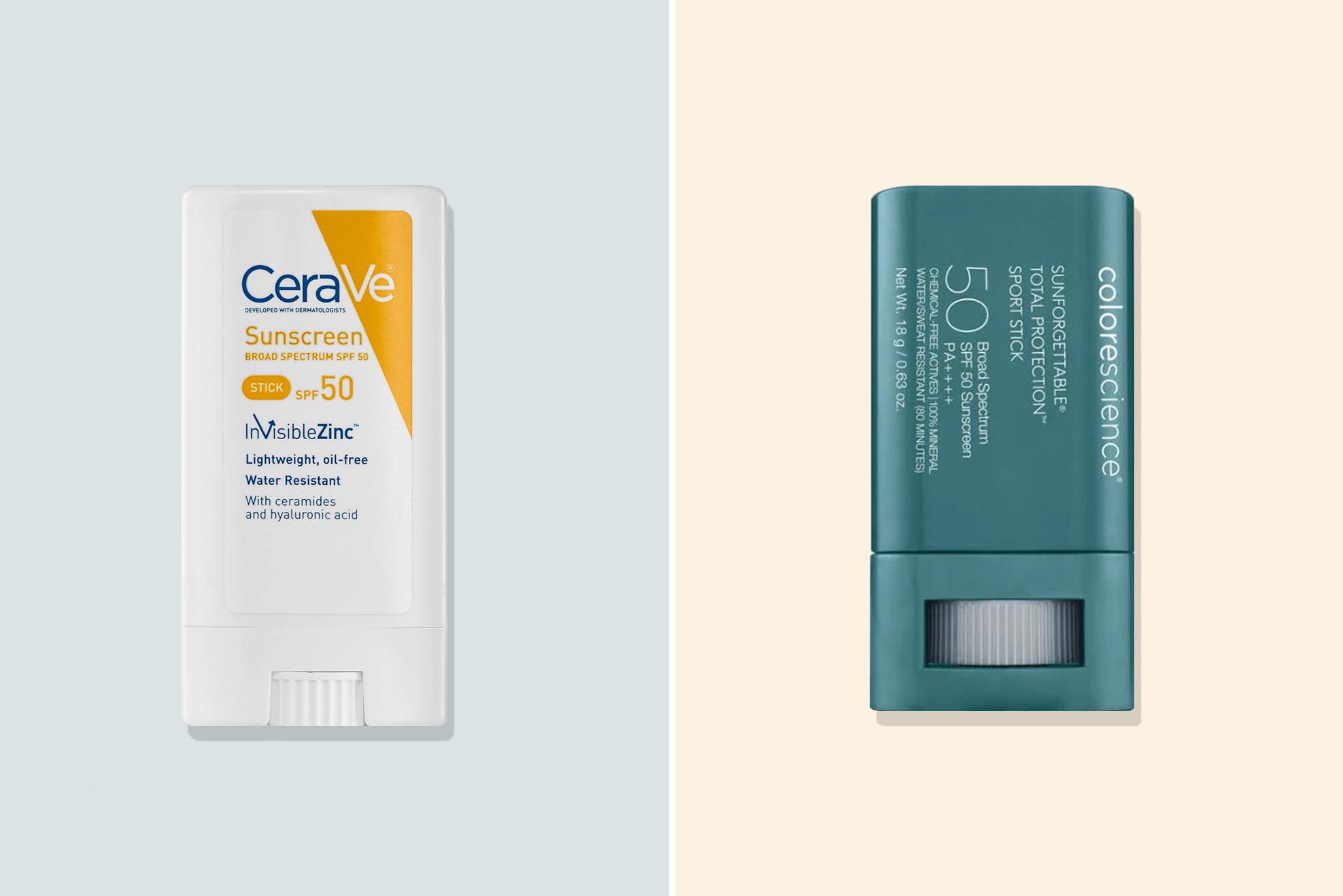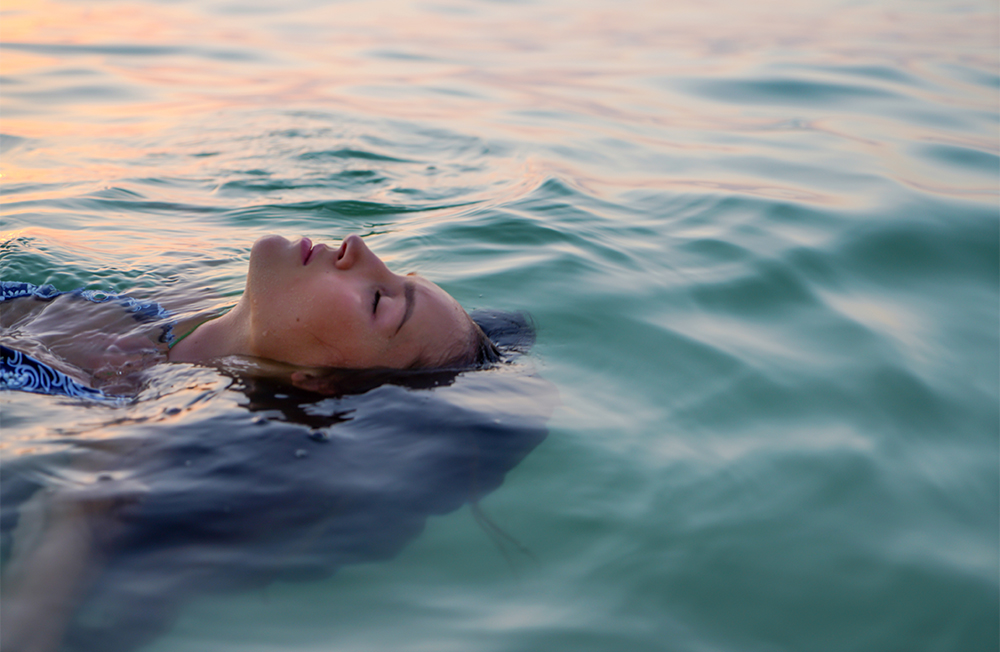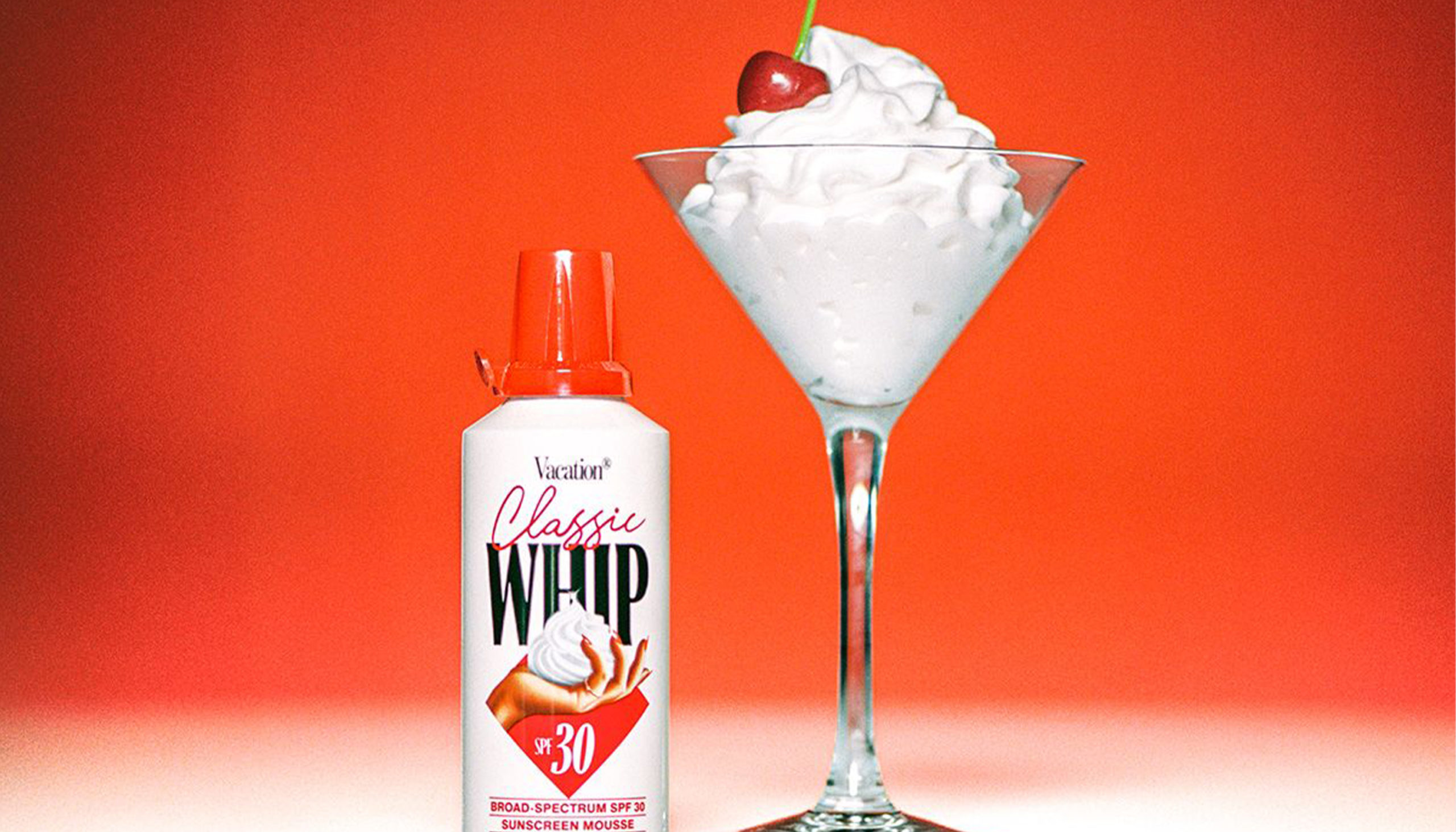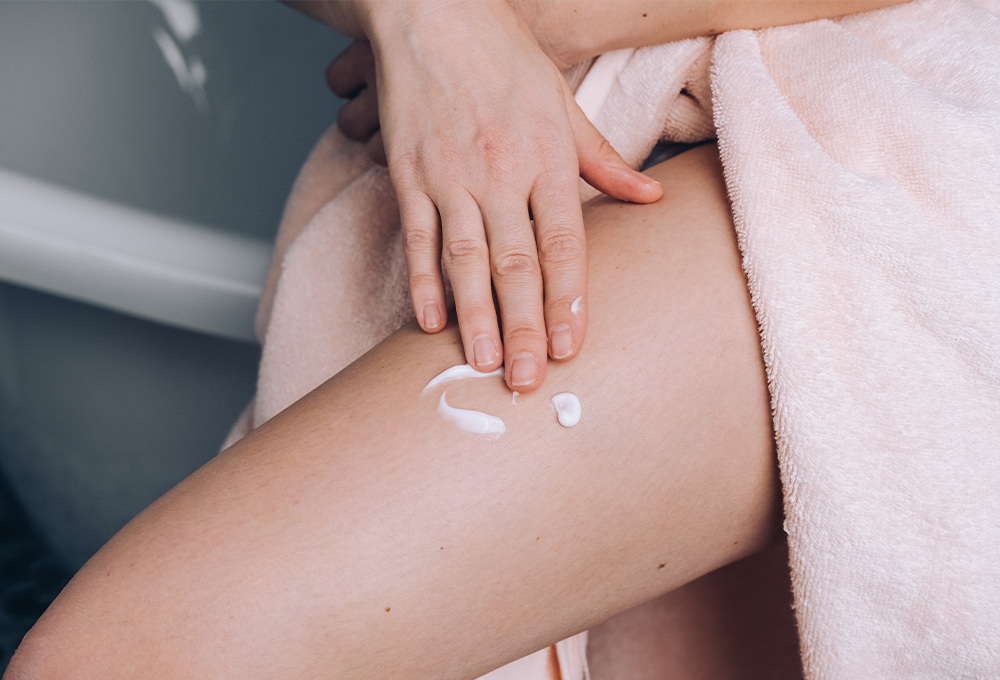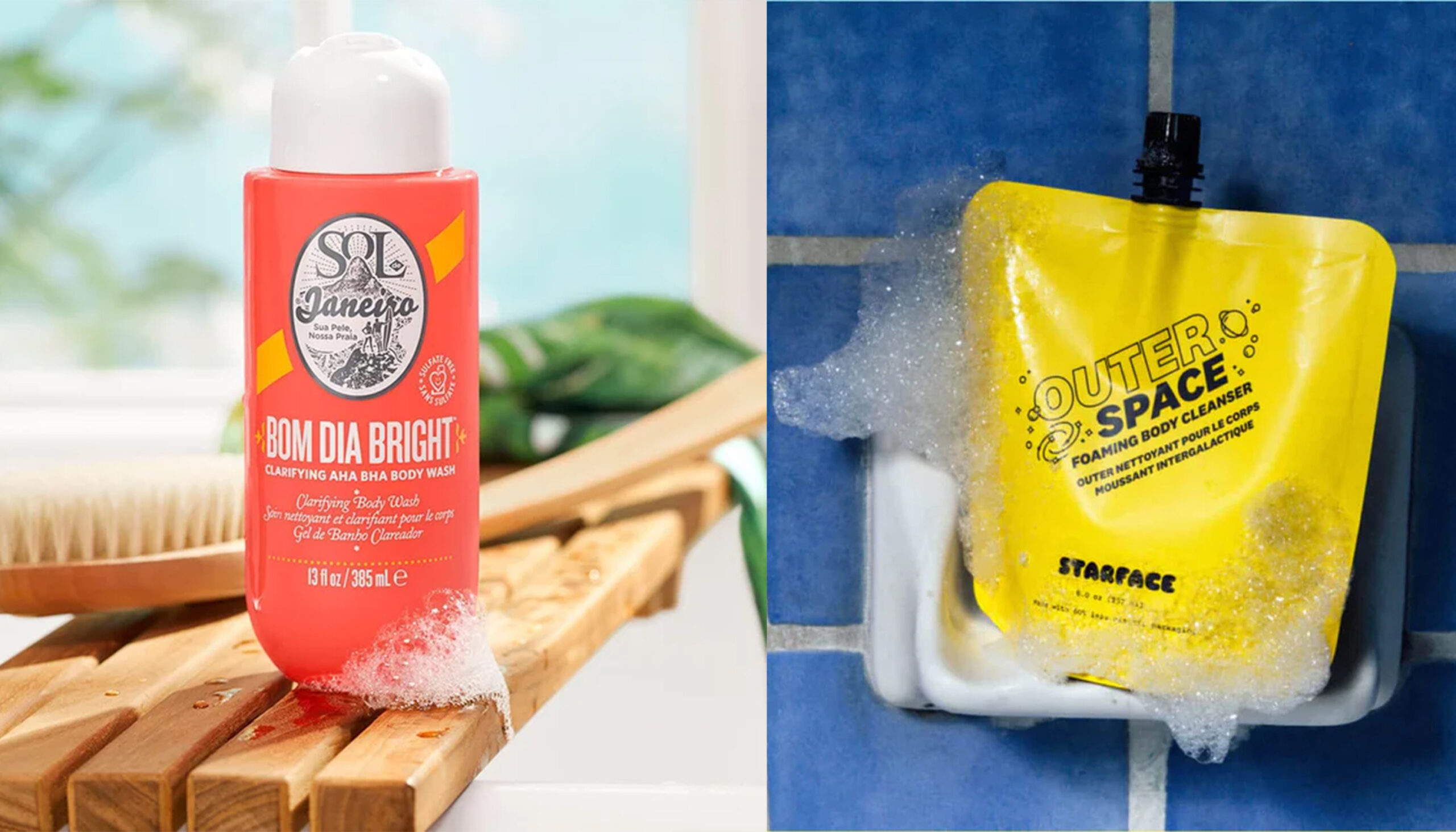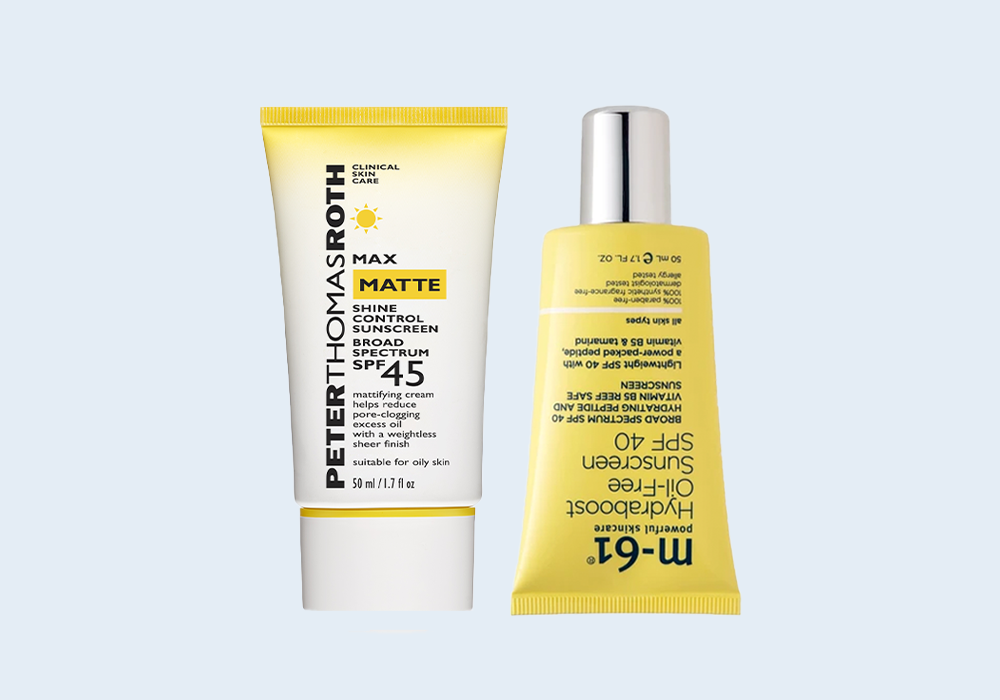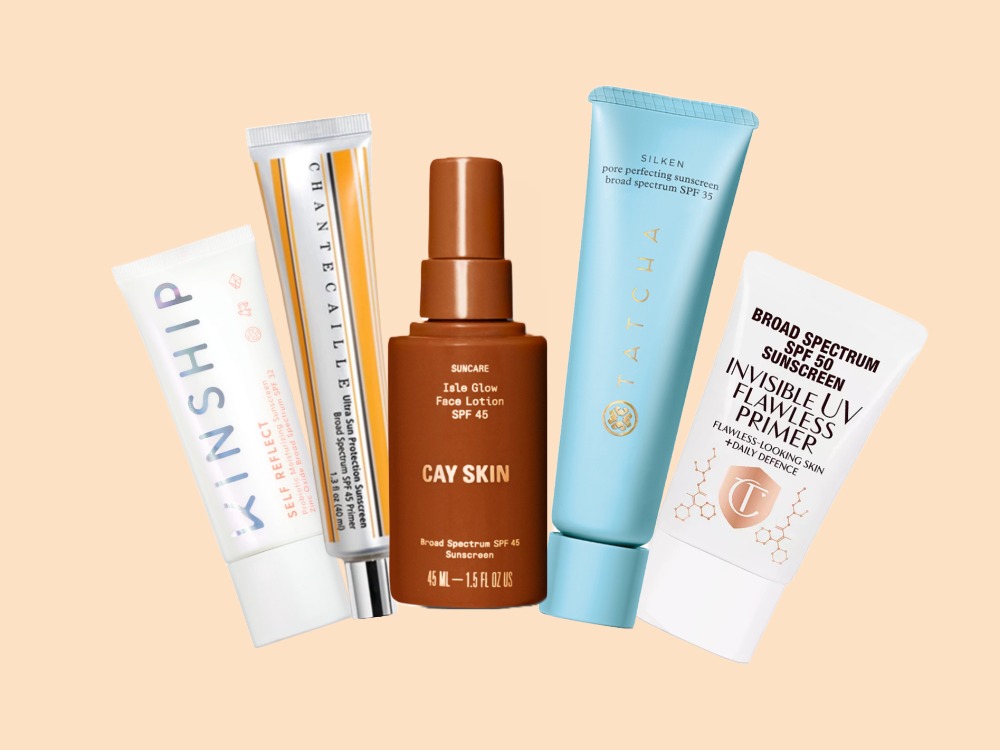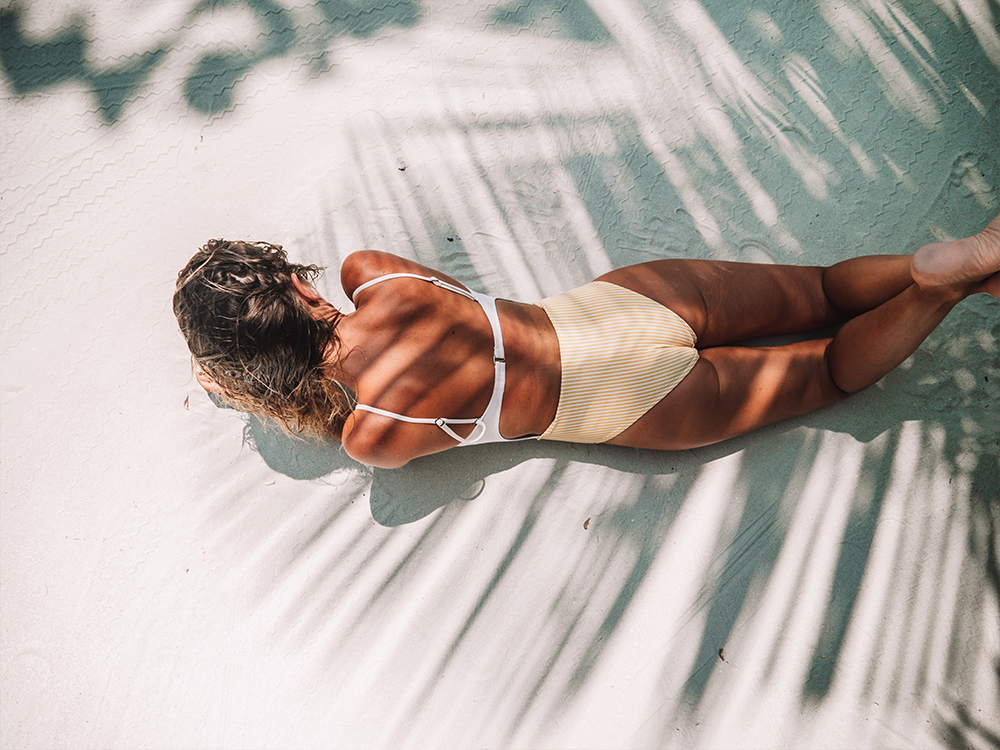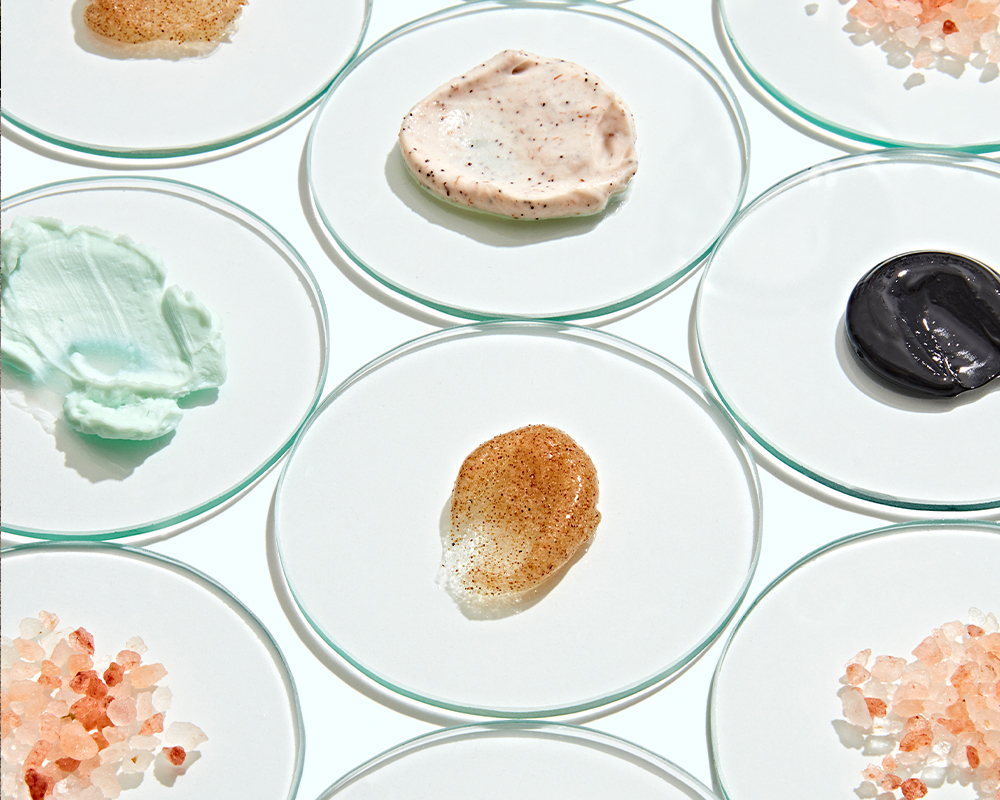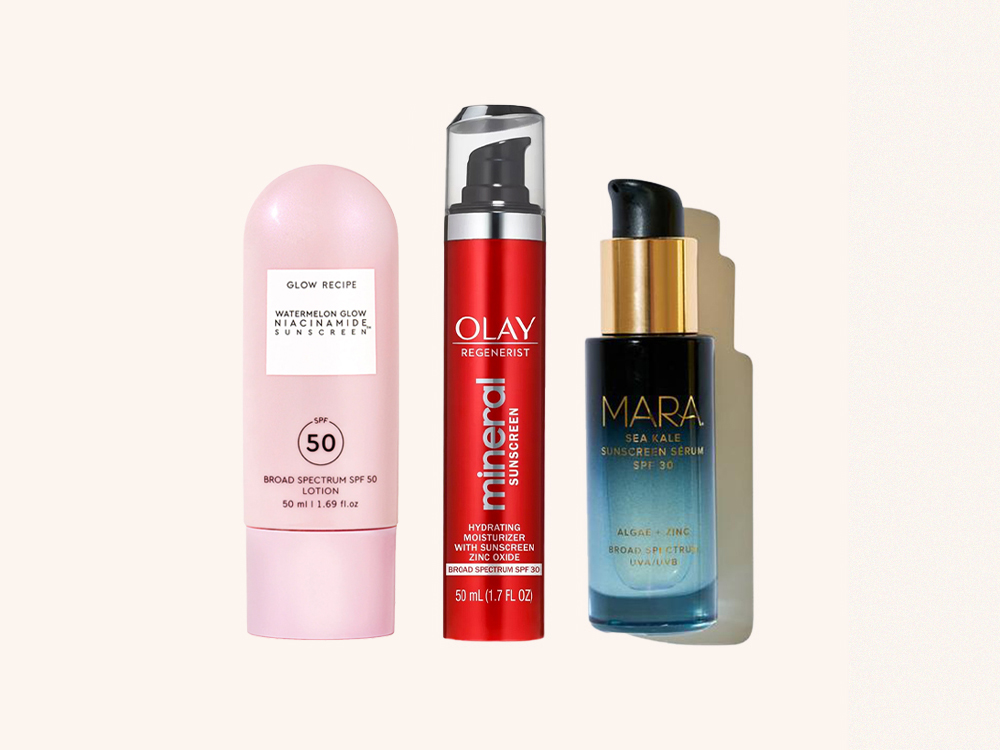When it comes to the all-important link between sunscreen and skin aging, New York dermatologist Doris Day, MD cuts to the chase. “We know that up to 90-percent of how your skin ages is from exposure to UV rays. Studies from Australia have shown a decrease of about 25-percent in both skin aging and skin cancer when sunscreen was worn every day rather than just on some days,” she says, noting this percentage would likely have been even higher if the sunscreen was used in adequate amounts and reapplied throughout the day.
Because dermatologists recommend using an ounce of sunscreen every day, it’s not a product that should be collecting dust on your vanity. But should you come across a bottle you haven’t used in a while, here’s how to tell if you should toss it or slather it on.
Scan the Bottle
Sunscreens are usually marked with an expiration date. If you can’t find one—be sure to check the bottom!—Washington D.C. dermatologist Tina Alster, MD recommends contacting the manufacturer and providing the lot number of the product so they can provide you with a date. If you purchase a sunscreen without an expiration date, jot down the purchase date on the bottle and refer to it.
Rule of Thumb
Like any skin-care product or drug, sunscreen has a shelf life. Dr. Alster explains that the Food and Drug Administration (FDA) requires all approved sunscreens to exhibit 100-percent of their stated efficacy for three years. “Sunscreen is a critical skin-care product, which is why the FDA monitors it as a drug. If a product has questionable provenance, it’s advisable to forego its use.”
According to Dr. Day, chemical sunscreens generally have a shelf life of about two years, “but if you’ve had your bottle for two summers or longer, it’s safer to get a new sunscreen,” she suggests. “Mineral sunscreens, also known as physical sunscreens, are made of minerals like zinc and titanium which are inert so they really shouldn’t expire, but it’s still good to change them at least every two years, especially if they are preservative-free,” says the doctor.
Texture Play
If all else fails, look to the product’s texture as a gauge of readiness. “In general, expired products or those that have been exposed to unfavorable conditions, such as excessive heat or air, exhibit a foul smell and/or have a grainy consistency or texture,” says Dr. Alster. If this is the case with your sunscreen, toss it.
Play by the Rules
Dr. Alster says daily use of sunscreen is a critical step to protect the skin from skin-aging UVA/UVB rays and reducing the risk of skin cancer. To shield skin as best as possible, follow these guidelines: “Sunscreen should be applied liberally—one ounce, or the equivalent to the size of a golf ball or shot glass—over the entire body at least 15 minutes before sun exposure,” says Dr. Alster. “Reapplication of sunscreen is advocated every two hours while in the sun, and more frequently after swimming, excessive sweating or towel-drying.”
Application Tip
To ensure you’re covering every inch of skin, Dr. Day offers up a more methodical approach to application. “I often recommend starting at the periphery of the face, along the hairline and down to the sides of the neck then to the middle of the neck and back up to the central face, nose and cheeks. Once that is done, I recommend repeating the steps, for a double layer, to make sure you have complete coverage and have used enough sunscreen for adequate protection.”

